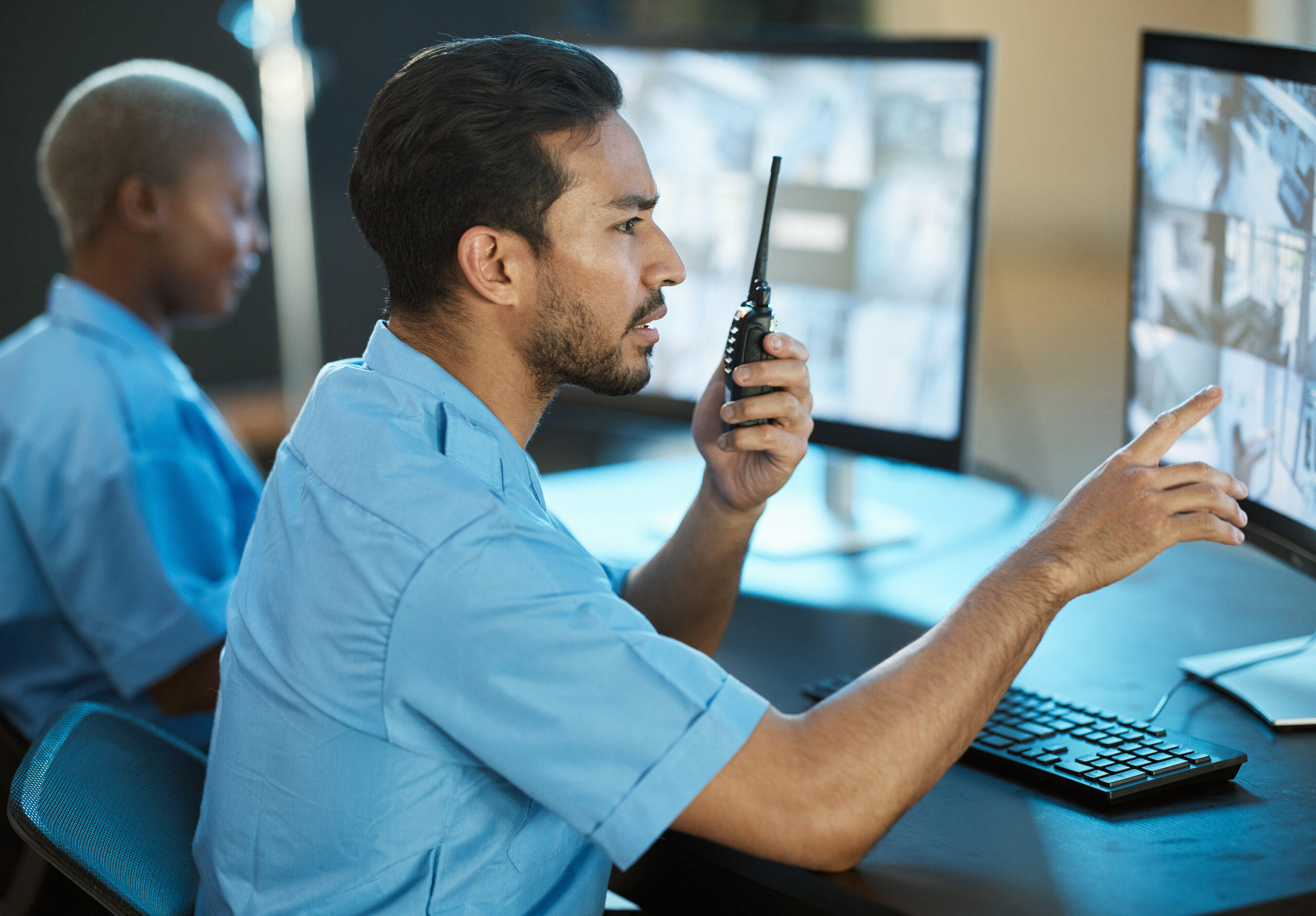
When a security emergency strikes, the way an organization communicates can make the difference between chaos and control. In moments of crisis, clear, concise, and timely communication ensures that everyone involved understands what to do and how to respond. Employees, clients, and the public depend on reliable information to remain safe and calm. Therefore, developing effective communication strategies becomes not just a necessity but also a responsibility. The effectiveness of these strategies determines how quickly a crisis can be managed and how much trust the organization retains afterward. Appropriately crafted messages can prevent confusion, reduce panic, and maintain the integrity of an organization’s operations during even the most unpredictable events.
Establishing Clear Communication Channels
In any emergency, one of the most critical tasks is establishing precise, reliable communication channels. When people know exactly where to get accurate updates, misinformation is less likely to spread. Organizations must ensure that both internal and external communication systems are strong enough to handle high traffic and urgent updates. This includes verifying that phone systems, emails, and emergency alerts function properly under stress. Reliable communication channels enable leaders to reach their teams quickly, enabling them to make swift, informed decisions. Without these, even the most well-prepared plans may falter due to confusion or delays in information delivery.
Furthermore, communication strategies should focus on designating specific channels for different audiences. Employees may need immediate instructions on evacuation routes, while the public may need safety updates or reassurances. By identifying who needs what information and through which medium it should be delivered, organizations create an efficient flow of communication. Consistency across all platforms helps maintain credibility. When messages are synchronized, people can trust that what they hear or read is accurate and verified. In a crisis, the tone, speed, and precision of communication often determine how effectively an emergency is controlled.
Building Trust Through Transparency
Trust plays a vital role during security emergencies. People look to leadership for honesty and reassurance, and any attempt to conceal information can worsen panic. Communication strategies must therefore emphasize transparency, even when full details are not yet known. Acknowledging the situation and providing regular updates demonstrates accountability. It shows that leaders are not only aware of the crisis but also actively working to resolve it. Transparent and honest messaging prevents rumors from filling the information gap and strengthens public confidence in the organization’s response.
Moreover, transparent communication builds long-term credibility. When an organization consistently provides accurate and timely information, people begin to trust its leadership even beyond the current crisis. Transparency also involves admitting when there is uncertainty and explaining what steps are being taken to gather more facts. This approach demonstrates integrity and responsibility, two qualities that are highly valued in moments of fear or confusion. When communication strategies prioritize openness, they foster a sense of unity and shared purpose among all stakeholders.
The Role of Leadership in Crisis Communication
Strong leadership is essential to managing communication during security emergencies. Leaders set the tone for how information is shared and how teams respond. When leaders communicate with calm confidence, it helps to steady emotions and promote order. Effective leaders understand that their words carry weight and therefore ensure that every statement aligns with facts and organizational values. They provide direction while encouraging questions, which helps employees feel informed and involved. Clear leadership communication ensures that everyone knows their role, reducing hesitation and errors during critical moments.
Additionally, leadership communication should extend beyond immediate instructions. Leaders must express empathy and understanding, recognizing the emotional impact of the crisis on staff and the community. Communication strategies should include empathetic messages that validate people’s concerns while reinforcing safety procedures. When leaders communicate with compassion, they inspire cooperation and resilience. By balancing authority with empathy, they help maintain morale and encourage collective effort toward recovery.
Post-Emergency Communication and Evaluation
After the immediate crisis passes, communication remains just as important. The post-emergency phase provides an opportunity to rebuild confidence, express gratitude, and evaluate performance. Communication strategies should include follow-up messages that explain what happened, how it was resolved, and the steps being taken to prevent similar incidents in the future. These communications demonstrate accountability and a commitment to continuous improvement. People appreciate updates that show their concerns were taken seriously, and such efforts can strengthen long-term loyalty to the organization.
Evaluating how communication was handled during the emergency is equally vital. Leaders should assess whether messages were timely, clear, and effective in reaching all intended audiences. This evaluation forms the foundation for refining future strategies. By analyzing feedback and identifying areas for improvement, organizations can enhance their preparedness for future crises. The most successful communication strategies are those that evolve, incorporating lessons learned from past experiences to strengthen their overall resilience.
Utilizing Technology Effectively
In the modern age, technology plays a central role in managing emergency communication. Organizations must use digital platforms wisely to ensure that messages reach everyone quickly and efficiently. From emergency notification apps to social media updates, technology allows for instant dissemination of crucial information. However, these tools are only practical when used correctly. Communication strategies should involve training teams to operate these platforms confidently, ensuring that no time is lost during an emergency. Well-prepared communication systems can deliver alerts, updates, and safety instructions across multiple channels simultaneously, ensuring that no one is left uninformed.
Beyond speed, technology also allows organizations to monitor responses and gather feedback in real time. This helps leaders adjust their approach based on evolving circumstances. For instance, social media can serve as both a broadcast tool and a listening platform, helping authorities gauge public sentiment. Proper use of technology can also streamline coordination between departments and external agencies. When technology and communication strategies work hand in hand, organizations can respond with greater accuracy, efficiency, and control.